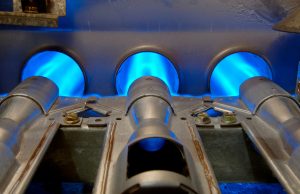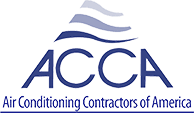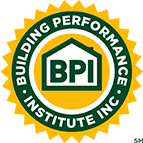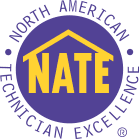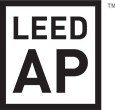As the colder months approach, homeowners across Florida rely on their furnaces to keep their homes warm and comfortable. However, if your furnace is old or outdated, it could pose potential safety hazards that may go unnoticed.
Keeping your heating system in top shape is crucial, especially when it comes to ensuring the safety of your home and family. Here’s a guide on how to detect safety concerns in an aging furnace and why scheduling professional HVAC in Gainesville, FL.
Signs Your Furnace Might Be a Safety Concern
- Age of the Furnace. One of the first indicators that your furnace may need extra attention is its age. Most furnaces have a lifespan of around 10 to 15 years, depending on the model and how well it’s been maintained. If your furnace is over 15 years old, it’s time to be vigilant about its condition. Older units are more prone to breakdowns, inefficiency, and safety risks like carbon monoxide leaks.
- Unusual Noises. A well-functioning furnace should operate relatively quietly. If you start hearing loud bangs, rattling, or squealing sounds, this could indicate mechanical problems such as worn-out parts or loose components. These noises may be a sign that something is failing internally, and continuing to run the furnace in this state could increase the risk of fire or other hazards.
- Frequent Cycling. Does your furnace turn on and off more often than usual? This process, known as short cycling, is not only inefficient but could also signal a malfunction within the system. Short cycling can cause excessive wear on parts, leading to breakdowns and potential safety issues over time. If you notice this happening, it’s important to have a professional inspect your furnace for possible defects or obstructions in the airflow.
- Yellow or Flickering Pilot Light. The pilot light on a gas furnace should burn blue. If it’s yellow or flickering, this could be a sign of poor combustion or a ventilation problem. Incomplete combustion can produce dangerous carbon monoxide, a colorless, odorless gas that poses a serious health risk. Carbon monoxide leaks are one of the most significant dangers associated with old or malfunctioning furnaces.
- Strange Smells. While it’s common to smell a slight odor when you first turn on your furnace for the season (usually caused by dust burning off), persistent or strong odors can signal trouble. A burning smell might indicate an electrical problem, while the smell of gas could point to a leak, both of which require immediate attention.
- Visible Rust or Cracks. Any signs of rust, corrosion, or cracks on your furnace or heat exchanger are serious red flags. These can compromise the structural integrity of your heating system, leading to potential leaks or, in the case of a cracked heat exchanger, carbon monoxide exposure.
Why a Professional Furnace Inspection Is Critical
While some of the signs mentioned above can be detected by an observant homeowner, others might be harder to notice without professional expertise. This is where scheduling regular furnace maintenance comes in. A licensed HVAC technician has the tools and knowledge to thoroughly inspect your heating system, ensuring that all components are functioning safely and efficiently.
A professional inspection will typically include:
- Checking the heat exchanger for cracks or damage.
- Inspecting the burner and flame sensor.
- Ensuring proper airflow and venting.
- Testing for carbon monoxide leaks.
- Cleaning and lubricating moving parts to prevent wear and tear.
Schedule furnace maintenance and a safety inspection today with North Central Florida Air Conditioning. Improving Lives by Improving Homes!


